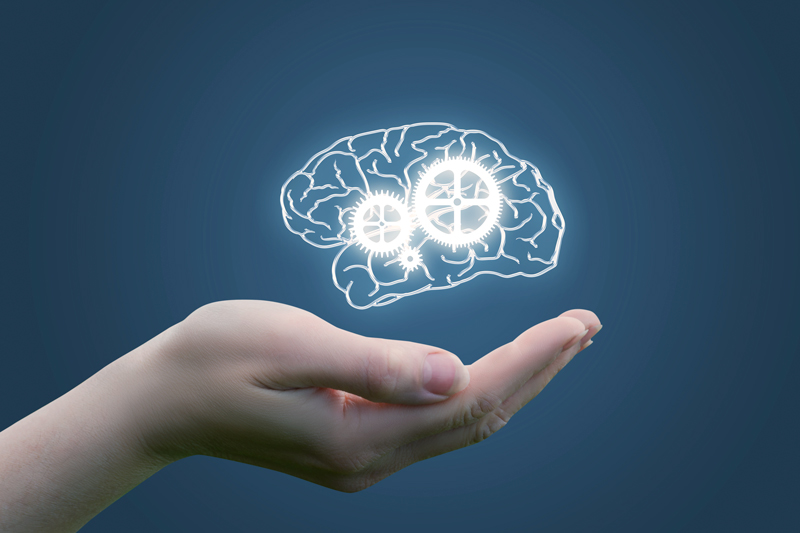Biofeedback can be described as a class of therapies using mind-body techniques that involve visual, auditory or frequency feedback to bring balance and harmony to Mental, Emotional and Physical functions of the body. This may include things such as heart rate, muscle tension, blood flow, pain perception, blood pressure and much more. This process involves being connected to a device with sensors that provide feedback about specific aspects of your body.
The goal of biofeedback is to make subtle changes that result in a desired effect of less stress on the body. Long term chronic stress is one of the primary causes of most diseases and illnesses thus reducing overall stress on the body promotes healing and restoration. Some techniques of biofeedback may include relaxing certain muscles, slowing heart rate or respiration, or reducing feelings of pain.
The Association for Applied Psychophysiology and Biofeedback defines biofeedback as a process that allows people to alter their physiological activity in order to improve health or performance. Utilizing precise measurement biofeedback devices, information about the body’s functions are provided to the user. They suggest, “The presentation of this information often in conjunction with changes in thinking, emotions, and behavior, supports desired physiological changes. Over time, these changes can endure without continued use of a biofeedback device.”
Types of Biofeedback
There are many different types of biofeedback devices. The specific approach you choose to utilize might depend upon what you hope to accomplish and what your therapist or physician recommends. Some of the available options include:
Electro-physiological Biofeedback:
Utilizes harnesses containing LED diodes designed to aid in the reduction of stress and promotes muscle relaxation.
Breathing:
Respiratory biofeedback involves wearing sensor bands around the chest and abdomen to monitor breathing rates and patterns. With training, people can learn to have greater control over their breathing rates which can help in a variety of situations.
Heart Rate:
This type is known as heart rate variability biofeedback and there is some evidence that it might possibly be useful for a number of different disorders including asthma and depression. Patients using this type of biofeedback wear a device connected to sensors in either the ears or fingers or sensors placed on the wrists, chest, or torso. These devices measure heart rate as well as heart rate variability.
Galvanic Skin Response:
This type of biofeedback involves measuring the amount of sweat on the surface of the skin. Galvanic skin response, also known as skin conductance, is a useful marker for detecting levels of emotional stimulation. Aside from the obvious thermoregulatory function of sweat, emotional stimulation can also easily trigger sweating. The more strongly people are emotionally charged, the stronger their skin conductance will be.
Blood Pressure:
This type of biofeedback involves wearing a device that measures blood pressure. These devices provide information about the patient’s blood pressure and often guide the user through relaxation techniques that may rely on visual cues, breathing exercises, or music.
Skin Temperature:
In this form of biofeedback, patients wear sensors that detect blood flow to the skin. Because people often experience a drop in body temperature during times of stress, such devices can help people better detect when they are starting to feel distressed. A low reading on one of these monitors can indicate a need to utilize some stress management techniques.
Brain Waves:
This type of biofeedback, often referred to as neurofeedback, involves utilizing electroencephalography (EEG) to measure brain wave activity. Scalp sensors are connected to an EEG device. Neurofeedback is sometimes used as a non-invasive treatment for ADHD, pain, addiction, anxiety, depression, and other disorders.

Muscle Tension:
In this type of biofeedback, sensors are placed at various points on the body and connected to an electromyography (EMG) device. This device detects changes in muscle tension over time by monitoring electrical activity that results in muscle contractions.
Biofeedback has been used for a range of applications, including:
- Treating tension headaches, migraines, and other pain
- Controlling high and low blood pressure
- Alleviating digestive disorders such as irritable bowel syndrome
- Helping patients control physical reactions to stress or anxiety
- Aiding in relaxation and stress management due to chronic illness or disease
Biofeedback is particularly useful for managing stress as well as symptoms of conditions that may be exacerbated by stress. For example, therapists might use biofeedback to help patients control their response to stress. Chronic stress can have a wide range of negative health effects including decreased immunity, heart disease, depression, digestive problems, and sleep disorders. By learning how to manage the stress response using biofeedback, patients are able to decrease the harmful physical and psychological effects of stress.
Jamie Kliewe, Owner and Practitioner, specializes in L.I.F.E System, HeartMath, and Zyto Biofeedback technologies, aimed at identifying stressors in the body and offering harmonizing techniques to restore balance. Services are offered at Omni Balanced Life Center 720 Goodlette Rd.,
Ste 205 in Naples.
www.omninaples.com
239.234.1608
office@omninaples.com
